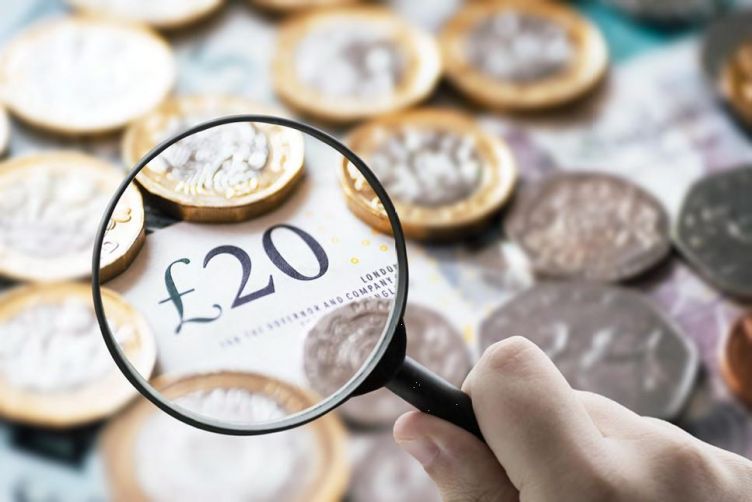The true cost of investing in a franchise may be higher than it first appears, Richard Holden, head of franchising for Lloyds Bank, warns
Advertised investment levels can be confusing for prospective franchisees. Costs for setting up a franchise opportunity can vary widely, based upon the type of franchise opportunity you’re interested in.
You’ll need to know the likely total investment costs, including all equipment and working capital needed, so ask the franchisor for a full breakdown of the typical investment costs.
Financial forecasting
Your business plan and financial forecasting should reflect the sales and operating costs you’re likely to see, based on the trading performance of existing franchisees in similar territories and your own local market research.
When researching the true costs of investing in your chosen franchise, make sure you consider the following:
- Initial franchise package fee.
- Cost of premises or territory.
- Refurbishment costs.
- Fixtures and fittings; signage; equipment; opening stock (if applicable).
- Licences (software).
- Telecommunications (landline, mobile phone, broadband, etc).
- Tools.
- Vehicle costs (consider leasing as an alternative to purchasing a vehicle outright).
- Vehicle livery and fit-out costs.
- Marketing campaign (including launch programme, PR, social media and networking).
- Marketing and promotional materials.
- Business stationery.
- Professional fees (solicitor, accountant, architect and surveyor).
- Memberships (trade associations, chamber of commerce, consumer groups, etc.)
- Insurances.
- Staffing costs.
- Consumables.
Bank funding
For established franchise brands, banks that specialise in franchising will consider lending up to 70 per cent of the total start-up costs, including working capital. For newer, less established franchise brands, the available finance from a lender may be lower.
Remember, the term of the lending will be linked to the franchise licence, so if the initial licence term is five years the maximum term for a bank loan will not exceed five years.
Once you’ve established the overall level of investment required, you can start preparing your business plan. The business plan is an essential document to obtain finance from the bank, but it should also be used as a working document to identify development areas as well as business opportunities.
Additionally, you will need to produce detailed cash flow and profit and loss forecasts for at least the first three years of trading.
You will need to have a good understanding of all aspects of the business, including the financials, to be able to present your case to a lender, so be prepared.






_75_75_s.jpg)
_75_75.jpg)





















